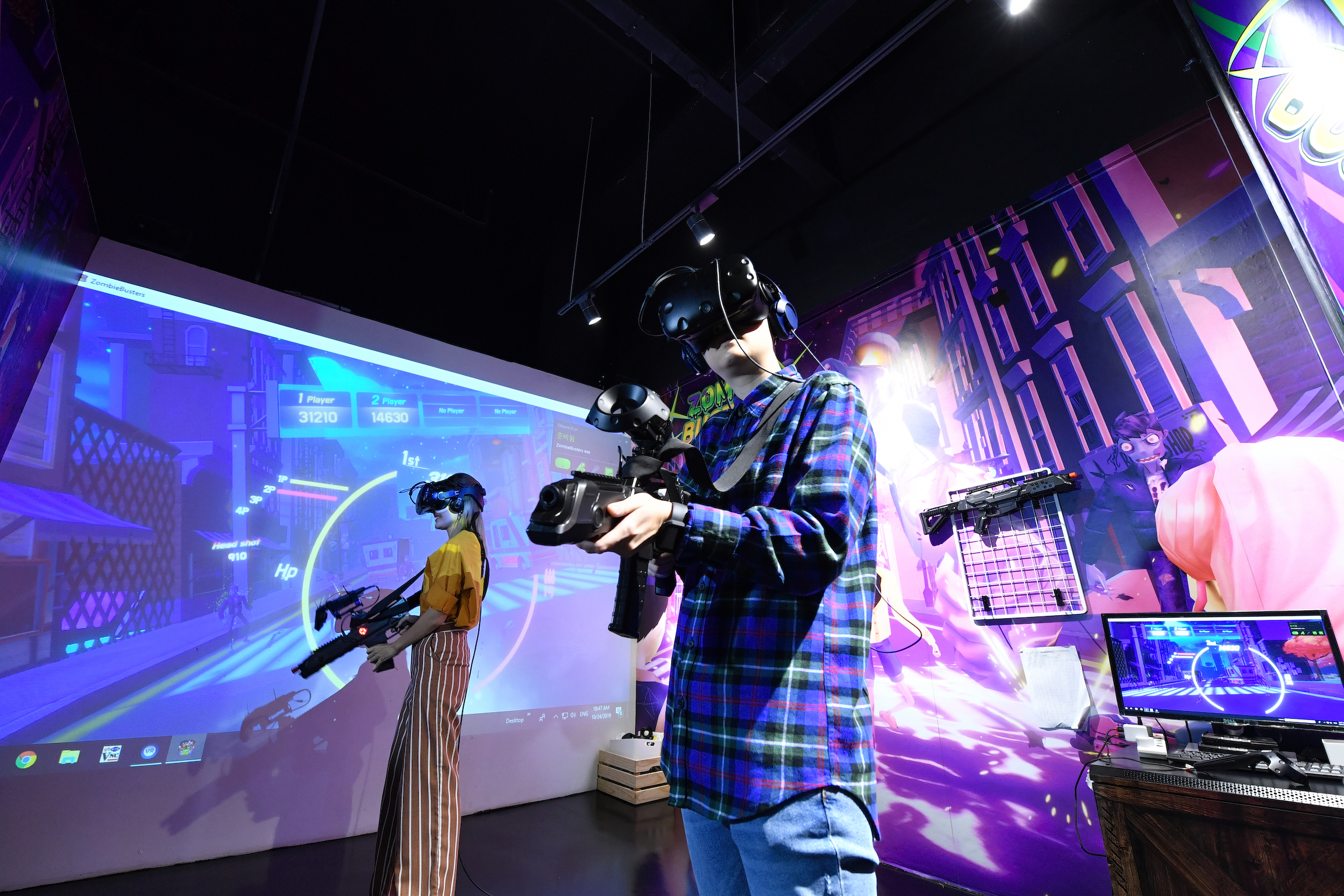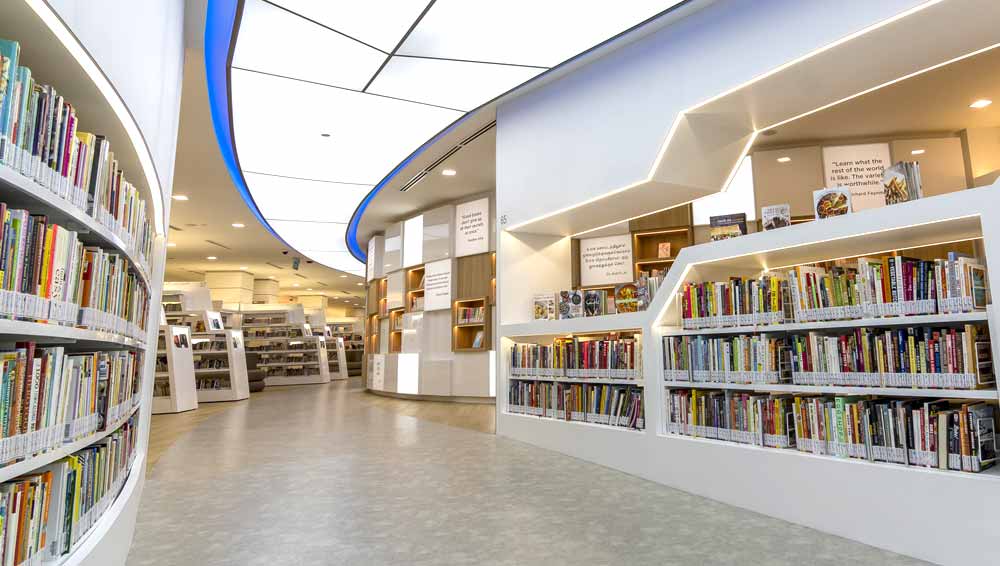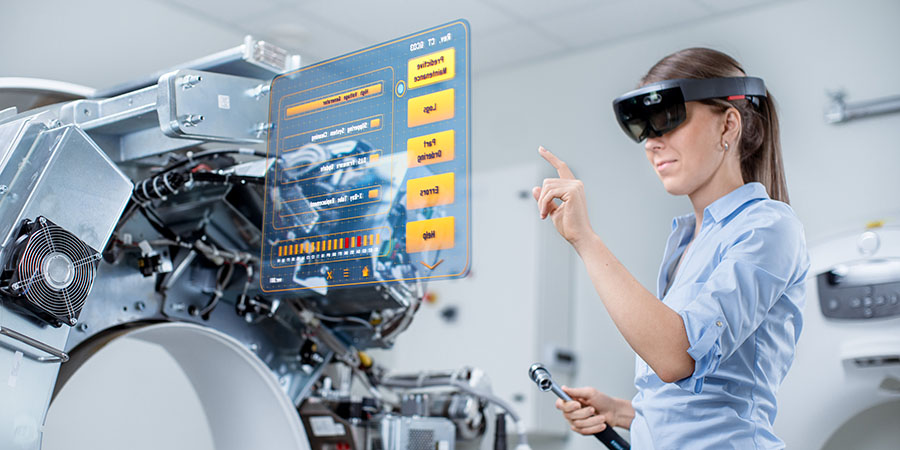Introduction
Reports on the widespread adoption of Virtual Reality (VR), Augmented Reality (AR), and Mixed Reality (MR) are being written every day. In America, NASA and the Mall of America have adopted VR, while China boasts of thousands of crowded VR arcades that are proliferating at a fast pace. Singapore’s government is also spearheading awareness of these technologies, with many contracts for virtual and augmented reality services being procured through the tender portal.
VizioFly, a Singaporean company, distilled its interactions with industry players, government, corporate clients, and other stakeholders in 2016 to envision the year ahead and areas where VR, AR, and MR will make further inroads.
Property
In China, it is now commonplace to see VR headsets at property launches. While Singapore’s developers have not adopted it so quickly, VizioFly predicts that there will be a steady but gradual adoption. Property services firms and property agents are expected to move faster and generate significant momentum with functional 360 photos of their sales property.
Shopping Malls

Shopping malls in Singapore will leverage VR’s high novelty quotient to attract foot traffic and get people talking. While Virtual Shopping Experiences are taking root in America, China, and Japan, Singapore’s mall operators will focus their energies on utilizing VR as a crowd-puller to fend off e-commerce’s threatening impact on its foot traffic.
Corporate Marketing

Corporate marketing will be the bread and butter for VR, AR, and MR firms. There is buzzing interest in using VR as a sales kit for staff that sell bulky, expensive equipment. Potential customers will wear a VR headset to appreciate the products and even the sophisticated factory that it was made in.
Government

Singapore’s government agencies are interested in using VR, AR, and MR for remote collaboration, recruitment, education, and tourism sectors. Agencies will start latching on to practical use cases, such as using it in their recruitment endeavors and onboarding new teachers with virtual reality. The empathy for “problem students” and sense of purpose engendered by the experience would be deeply embedded within the teacher.
Training

VR, AR, and MR will democratize in training. Companies will see VR as a means to reduce reliance on expensive trainers and unproductive day-trainings. As more corporates buy-in, there will be clearer evidence that VR training programs are effective and economical.
Conclusion
VR, AR, and MR are looking like the WD-40 of the digital world – as time passes, more and more applications for it get discovered! VizioFly is plunging into it, working to become a permanent pillar of the landscape!







